Spotlight on Ryan Jones
May 1, 2017
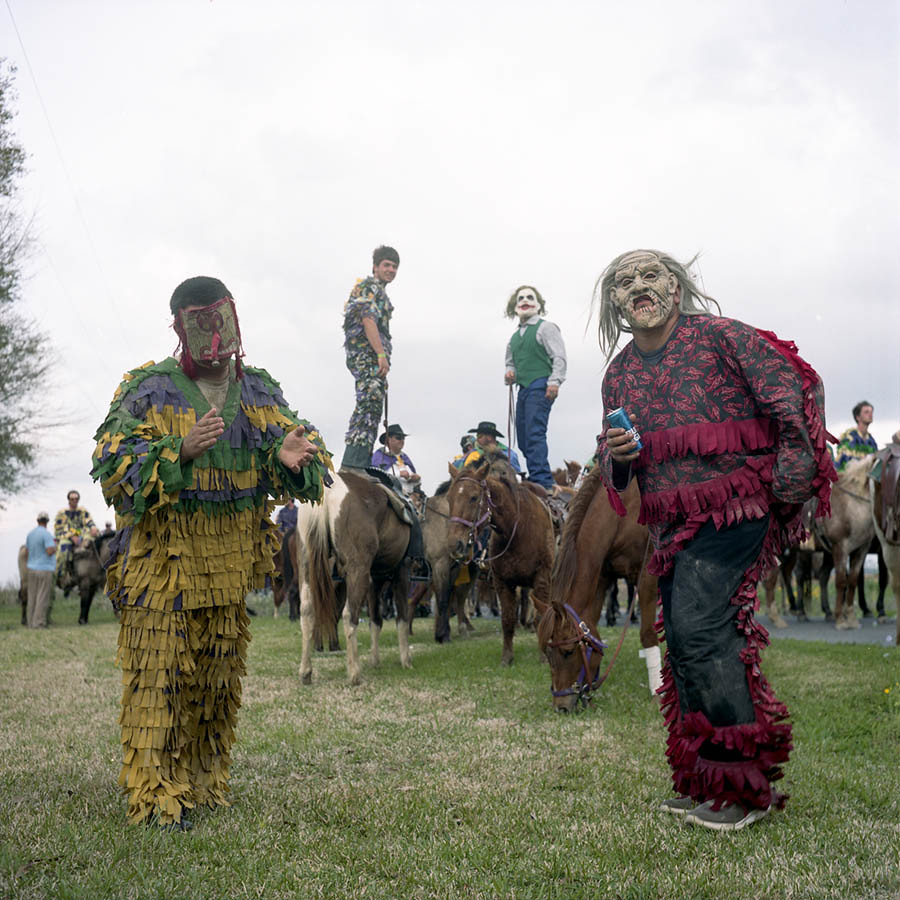
TID:
This is such a quirky image. Can you tell us some of the backstory?
RYAN:
I made this image during the Courir de Mardi Gras in Mamou, Louisiana. It’s this traditional Cajun celebration that takes place the day before Ash Wednesday. Each town has its own variation, but Mamou’s is said to be a traditional run in that only men are allowed to take part. I chose that run in particular because I’d heard it was a bit smaller than some of the neighboring events and there’d be less media present.
The run has its origins in the early begging traditions of rural France and once served as a way for the poor to gather the ingredients for a pre-Lent communal gumbo. The Mardi Gras, as the group and its members are called, don these colorful, fringed costumes and masks. They travel house-to-house by foot and on horseback, dancing and singing for landowners who present Le Capitaine with a chicken. He releases it to the waiting Mardi Gras who scramble to capture it. There’s still gumbo at the end, but nowadays it’s more of a way of keeping tradition. It’s a really joyous occasion with a Cajun band playing the whole time and a seemingly endless supply of beer and boudin.
TID:
What initially drew you to this?
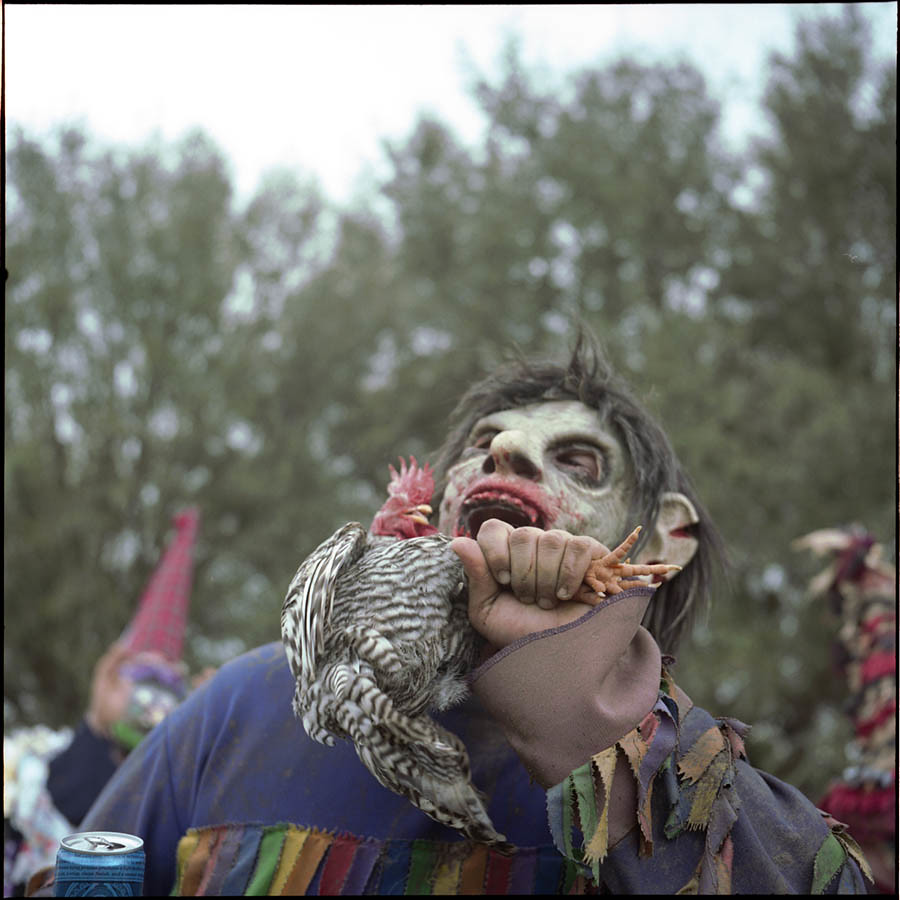
RYAN:
I’d visited Louisiana a handful of times throughout college, but never managed to make it out during Mardi Gras. While doing research for a trip to New Orleans one year, I learned about the run in Eunice and decided I’d head there instead. Unfortunately the timing didn’t work out, but it stuck in the back of my mind as something I wanted to photograph and even more so experience.
I found the anonymity of it really fascinating. These runs take place in small, rural communities and it’s the one day during the year where they get to act outside of social norms without repercussions.
TID:
I’m curious how photographers gain access and trust. How did you initially gain access?
RYAN:
I arrived a couple days before the event and just wandered around town meeting people. I had a Rolleiflex hanging from my neck, which was a great conversation starter. People were curious what I was up to, but once they found out I’d traveled all the way out there to document their tradition they were eager to introduce me to their friends.
I also reached out to Denny Culbert before arriving and he stressed the importance of having a costume for the run. I put together the trip on short notice and didn’t have the time to make a costume myself, so I did a little digging and learned about Susana Guillory in Elton, La. She’s been making these costumes for over 15 years.
I called her up when I landed and managed to acquire one of the last few she had left. I showed up the morning of the run in it and paid the entrance fee, which landed me a spot on this trailer for those running without horses. It followed behind the band’s trailer so I was right in the middle of it all.
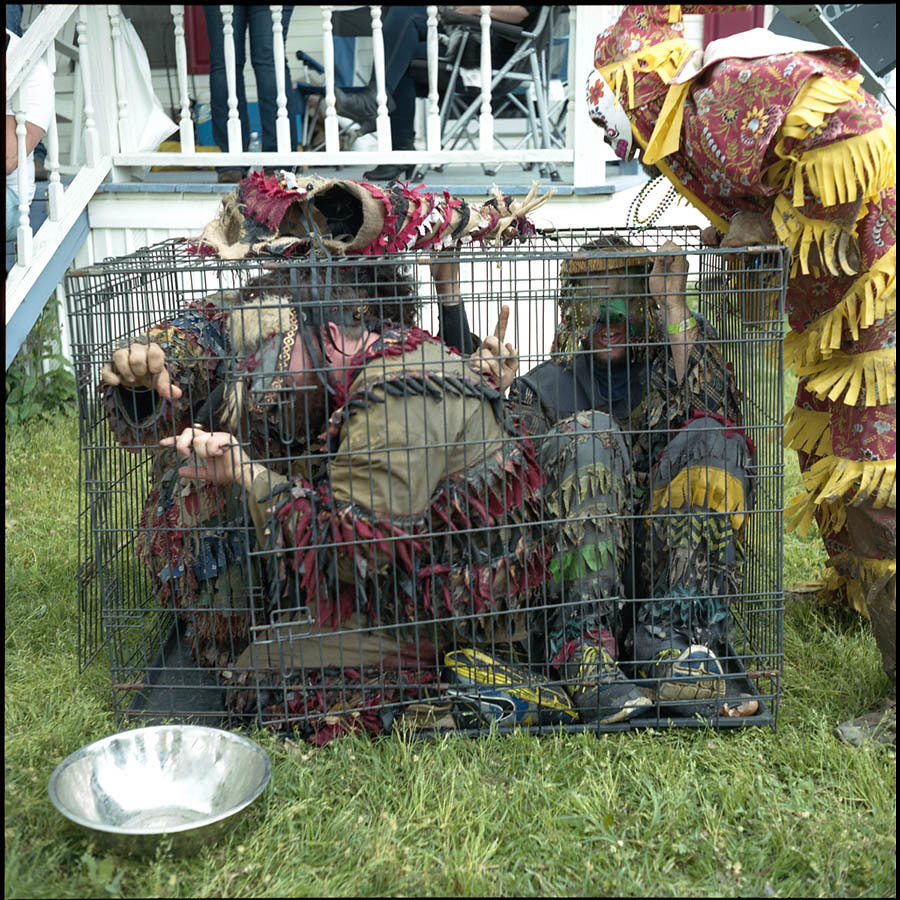
TID:
Did you have any issues or problems with access or logistics? If so, how did you problem solve and work through them?
RYAN:
My friend, Emily Kask, lent me her van, Peoria, for the trip from New Orleans. When I was getting into Eunice I stopped at a bank to take out some cash and the van wouldn’t kick over when I tried to start it back up. Fortunately there were some helpful folks waiting for the teller that saw me struggling and helped me get back on the road shortly after. During the run I also ran into a problem with the sensor on the Rollei’s film transport.
The film counter wasn’t working so I cranked my way through a three or four rolls before it finally tripped, which slowed me down a bit. I’d brought my Fuji X100T along as a back up, so I made some frames with that before I felt like there was a long enough lull that I could try and get the Rollei working again.
TID:
You chose to shoot on a film camera. Can you talk about this choice and how it changed the dynamics? Not just with your approach, but perhaps how others perceived you?
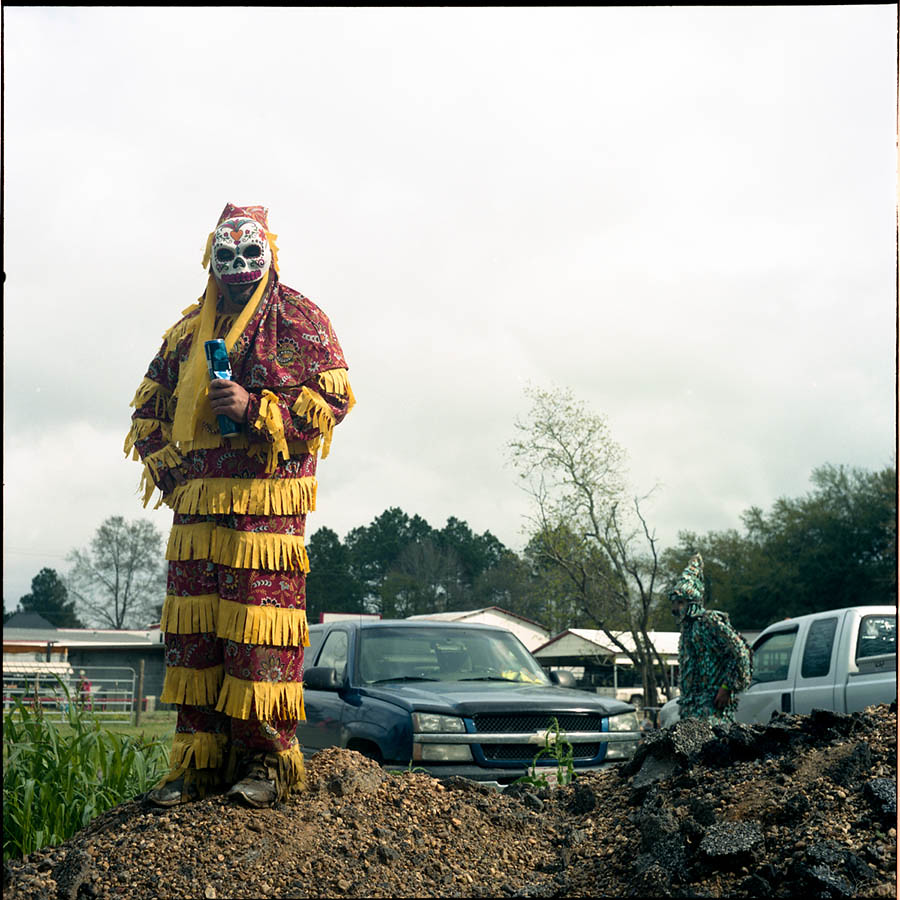
RYAN:
Lately I’ve been trying to slow down my whole process of making images and I’ve found that shooting medium format film is a great way to do that. Nothing about the process is particularly quick. I knew that I’d be sacrificing the ability to capture a lot of the action, but I wanted to focus more on the periphery anyway. I also love using the waist-level finder on a TLR. You’re not holding anything to your face, so there’s no barrier between you and the subject which makes photographing a lot more intuitive, especially when making portraits.
The combination of the mask I was wearing and the way you hold a TLR made it so that you couldn’t really tell whether I was composing an image or just standing there. That lead to a lot of photos where it sort of looks like I’ve stumbled across the scene.
TID:
During the shoot, what surprised you the most?
RYAN:
As in so many other situations, just how welcoming people can be to a complete stranger. People were constantly asking me if I needed a beer, water, or some whiskey. By the end of the run one of the co-Capitaines invited me to stay with his family for next year’s event. I was also blown away by how much beer folks were able to put down and continue to ride their horse. It was rather impressive.
TID:
Now onto the main image/moment: Can you tell us what was going on in the main picture and how you worked to execute the picture?
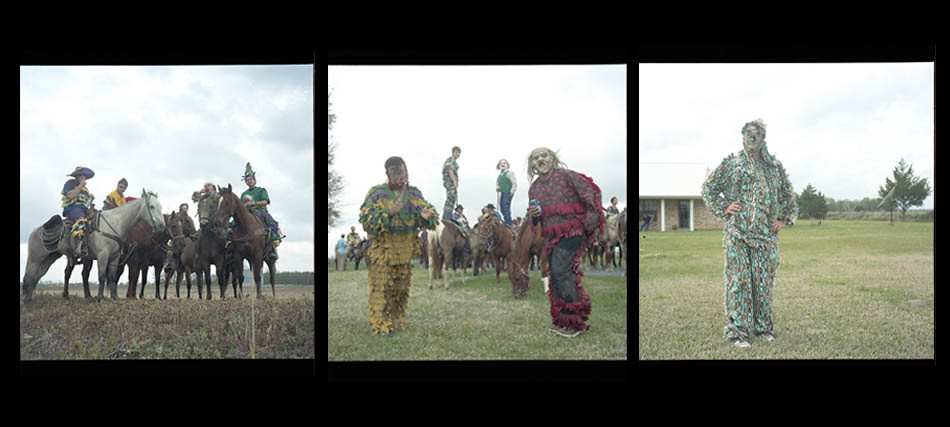
RYAN:
The run’s route wound its way around the outskirts of town, passing by rice fields and homes. Every once in a while they’d stop on the highway to pass out beers and give everyone a chance to catch up. Some folks would take advantage of these breaks to get on their horses and dance. It’s really a fantastic thing to watch.
I saw these two guys dancing atop their horses next to each other, but I didn’t have a great view of them from the road with everyone lined up. So I walked to the shoulder, looked down at the finder and saw the two Mardi Gras in front dancing their way into the frame. They were a little too close, so I took a step back, quickly found focus and released the shutter.
TID:
In conclusion, do you have any advice for photographers who want to do this type of work?
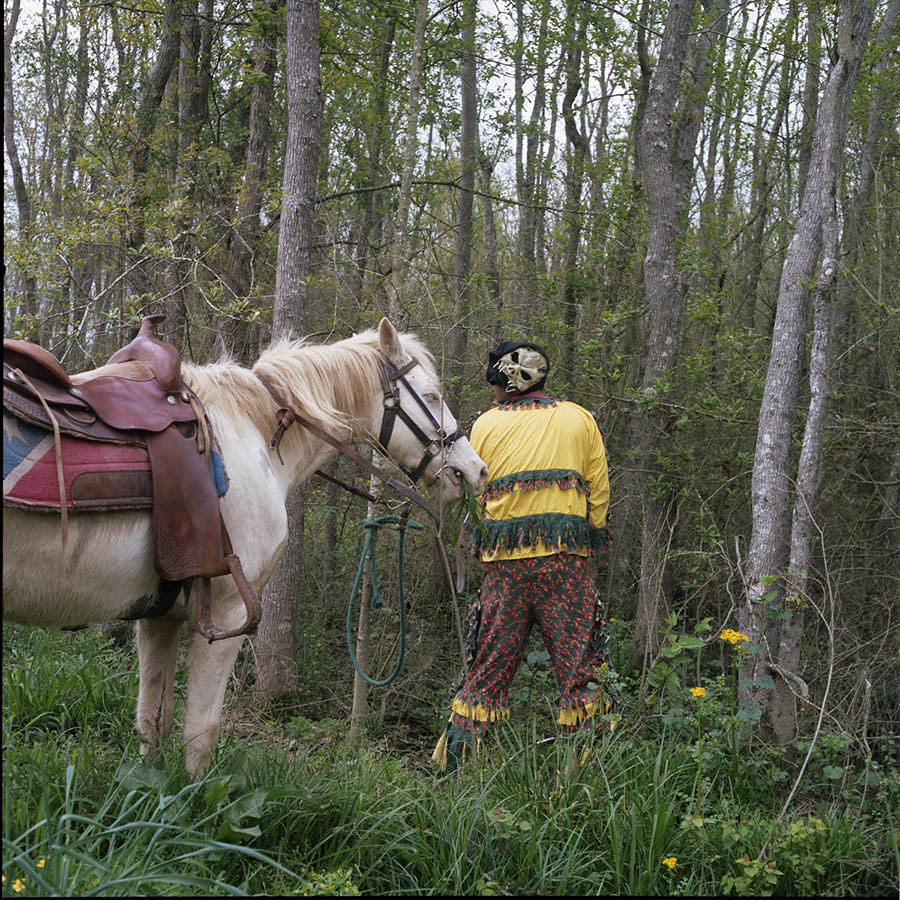
RYAN:
Do your research and if you can, reach out to people who are familiar with the tradition you want to document. I wouldn’t have worn a costume and been allowed to ride alongside the Mardi Gras if it weren’t for Denny’s advice.
:::BIO:::
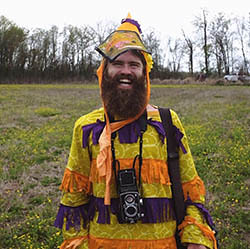
Ryan Jones is an independent visual journalist based in Brooklyn, NY.
After graduating from the University of Florida in 2015 with a B.S. in journalism, Ryan moved out west to intern with The Jackson Hole News&Guide and The Gazette in Colorado Springs.
You can view more his work here: